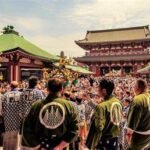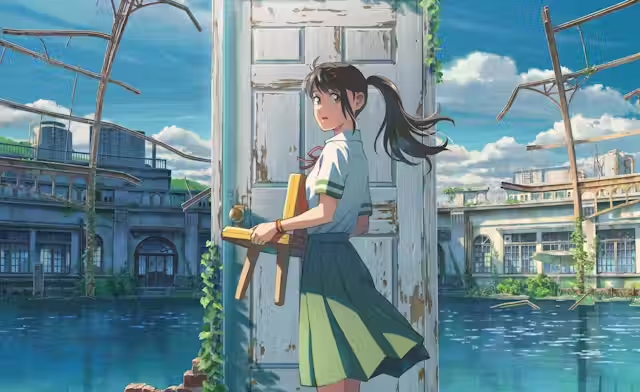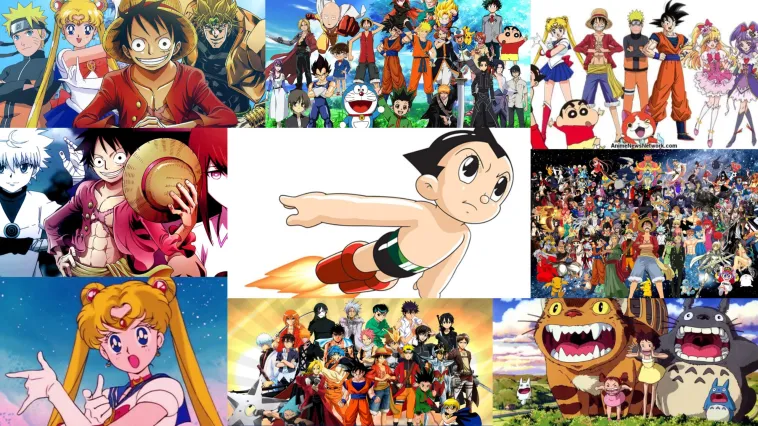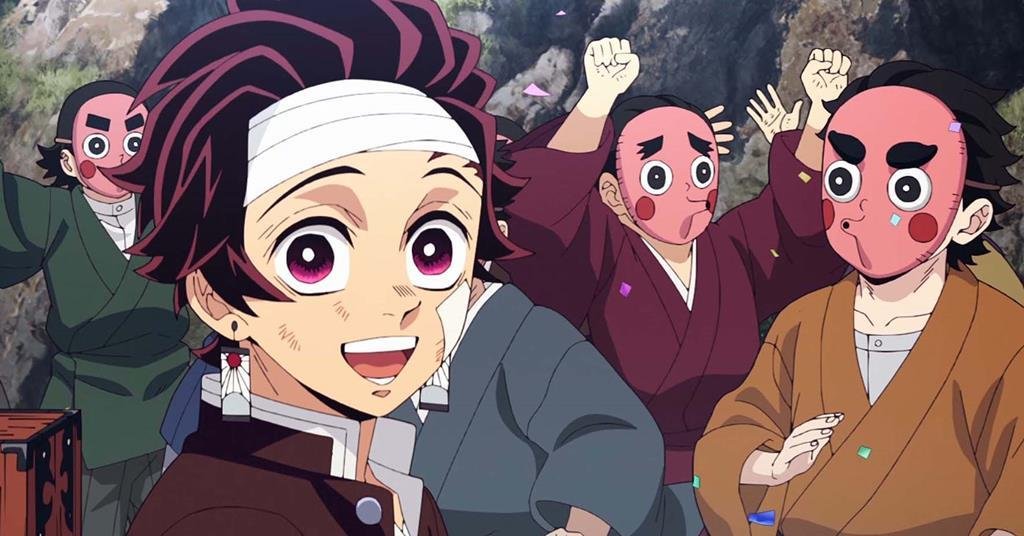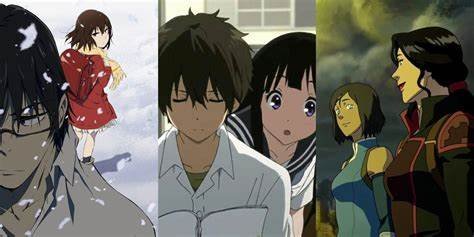Japanese anime films are renowned for their rich storytelling and artistic innovation. From intricate plots to deeply emotional narratives, anime has captivated audiences worldwide with its unique approach to storytelling. This article delves into the art of storytelling in Japanese anime films, highlighting key elements and techniques that define the genre.
Innovative Narrative Structures
Japanese anime films often employ innovative narrative structures that differentiate them from traditional Western storytelling. Non-linear narratives, multiple perspectives, and complex timelines are common features. For example, Paprika (2006) by Satoshi Kon explores the blurring lines between dreams and reality through a fragmented, dream-like narrative. This approach challenges viewers to piece together the story, enhancing the film’s psychological depth and engagement.
Similarly, Your Name (2016) by Makoto Shinkai uses a dual perspective narrative to tell the story of two characters who swap bodies and experience each other’s lives. This structure allows for a multifaceted exploration of themes such as connection, memory, and destiny, creating a deeply immersive experience.
Emotional Depth and Character Development
One of the hallmarks of Japanese anime storytelling is its ability to convey profound emotional depth. Characters in anime films are often portrayed with complex, nuanced personalities and undergo significant development throughout the story. For instance, in Spirited Away (2001) by Hayao Miyazaki, the protagonist Chihiro embarks on a transformative journey that challenges her resilience and growth. The film’s rich character development and emotional arcs resonate with audiences, making Chihiro’s journey both compelling and relatable.
Likewise, A Silent Voice (2016) directed by Naoko Yamada delves into the struggles of its characters with remarkable sensitivity. The film addresses themes of bullying, forgiveness, and redemption, offering a nuanced portrayal of its characters’ emotional journeys. This focus on emotional authenticity contributes to the film’s powerful impact.
Visual Storytelling and Symbolism
Visual storytelling plays a crucial role in Japanese anime films, with animation serving as a powerful tool for conveying themes and emotions. The use of symbolism, color palettes, and visual motifs enriches the narrative and enhances the viewer’s experience. For example, My Neighbor Totoro (1988) by Hayao Miyazaki uses vibrant, whimsical visuals to create a sense of wonder and magic, reflecting the innocence of childhood.
In The Tale of the Princess Kaguya (2013) by Isao Takahata, the film’s unique hand-drawn animation style and use of watercolor techniques evoke a timeless, fairy-tale quality. The visual style complements the film’s themes of impermanence and the fleeting nature of beauty, demonstrating how animation can be used to reinforce storytelling.

Cultural and Philosophical Themes
Japanese anime films frequently explore cultural and philosophical themes that reflect both Japanese traditions and universal human experiences. Films such as Princess Mononoke (1997) by Hayao Miyazaki examine the relationship between humanity and nature, addressing environmental concerns and the impact of industrialization. The film’s exploration of these themes is deeply rooted in Japanese folklore and mythology, offering a rich cultural context.
Additionally, Ghost in the Shell (1995) directed by Mamoru Oshii delves into questions of identity, consciousness, and the impact of technology on human existence. The film’s philosophical inquiries and futuristic setting provide a thought-provoking commentary on the nature of self and society.
Narrative Flexibility and Genre Blending
Japanese anime films often showcase narrative flexibility and genre blending, allowing for creative storytelling approaches that transcend traditional boundaries. For instance, Howl’s Moving Castle (2004) by Hayao Miyazaki combines elements of fantasy, romance, and anti-war themes into a cohesive narrative. The film’s genre-blending approach adds layers of complexity to the story, creating a multi-dimensional viewing experience.
Similarly, The Girl Who Leapt Through Time (2006) by Mamoru Hosoda blends science fiction with coming-of-age themes, resulting in a film that explores the consequences of time travel while also addressing universal aspects of adolescence and personal growth.
Conclusion
The art of storytelling in Japanese anime films is characterized by its innovative narrative structures, emotional depth, visual storytelling, and exploration of cultural and philosophical themes. Through creative approaches and a deep understanding of character and theme, anime filmmakers craft stories that resonate with audiences on multiple levels. As Japanese anime continues to evolve, its unique storytelling techniques will undoubtedly continue to captivate and inspire viewers around the world.




